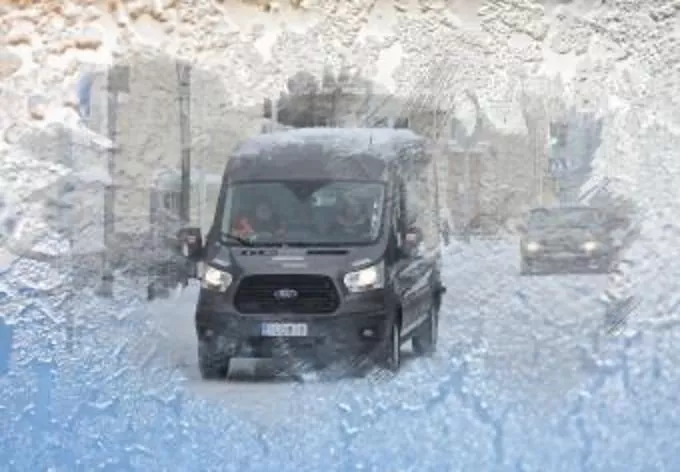Driving safe this winter
As the winter season blankets the world in frost and snow, the roads become a challenging terrain for drivers. Navigating through winter weather demands caution, preparedness, and a keen understanding of safe driving practices. Here’s a comprehensive guide on how to stay safe behind the wheel during the chilly months:
Preparing Your Vehicle
- Winter Maintenance: Ensure your vehicle is winter-ready. Check brakes, tires, battery, lights, and heating systems regularly. Consider a professional inspection before the season sets in.
- Tire Safety: Install winter or all-weather tires that provide better traction on icy roads. Check tire pressure regularly and replace worn-out tires for enhanced grip.
- Visibility Matters: Replace worn wiper blades and keep the windshield washer fluid reservoir full. Clear all snow and ice from windows, mirrors, and lights before setting off.
- Emergency Kit: Equip your vehicle with essentials like a snow shovel, ice scraper, blankets, flashlight, jumper cables, first aid kit, and non-perishable snacks in case of emergencies.
Safe Driving Practices
- Slow Down: Reduce speed in adverse weather conditions. Slow, deliberate movements give you more control and time to react.
- Increase Following Distance: Maintain a safe distance between your vehicle and others. The stopping distance on icy roads is much longer, so allow for extra space.
- Brake Carefully: Use gentle, steady pressure on the brakes to avoid skidding. If your vehicle has anti-lock brakes (ABS), apply firm, continuous pressure during a skid.
- Be Mindful of Black Ice: Black ice, a thin layer of transparent ice, is particularly hazardous. Watch for shiny, glossy areas on the road, especially in shaded or less-traveled areas.
- Use Lights Wisely: Turn on headlights even during daylight to increase visibility. Use fog lights if necessary, but avoid high beams in foggy conditions as they can reduce visibility.
- Stay Informed: Check weather forecasts before traveling. Avoid driving during severe storms or blizzards if possible and stay updated on road conditions.
Driving Techniques
- Avoid Cruise Control: Use caution when using cruise control on icy or slippery roads. Maintaining manual control over speed and acceleration can prevent accidents.
- Practice Smooth Maneuvers: Accelerate and decelerate gradually to avoid skidding. Sudden movements can cause loss of control.
- Know Your Vehicle: Understand how your vehicle handles in different conditions. Practice in an empty, snow-covered parking lot to get a feel for steering, braking, and acceleration.
Conclusion
Winter driving demands heightened awareness, preparedness, and a proactive approach to safety. By following these tips and exercising caution, you can significantly reduce the risk of accidents and ensure a safer journey during the colder months. Remember, arriving safely at your destination is always the top priority. Stay informed, be prepared, and drive responsibly to navigate the winter roads with confidence.

